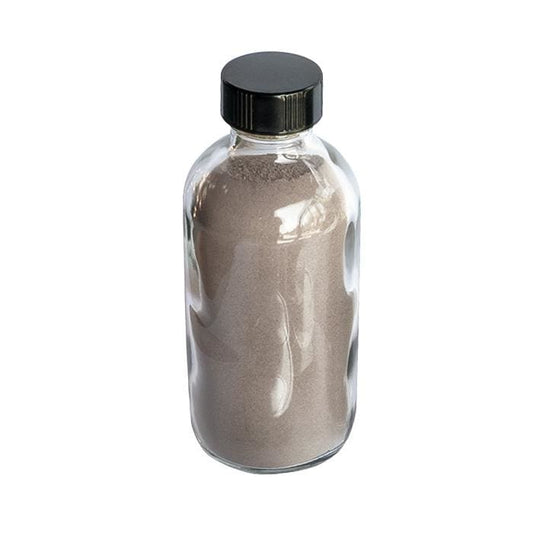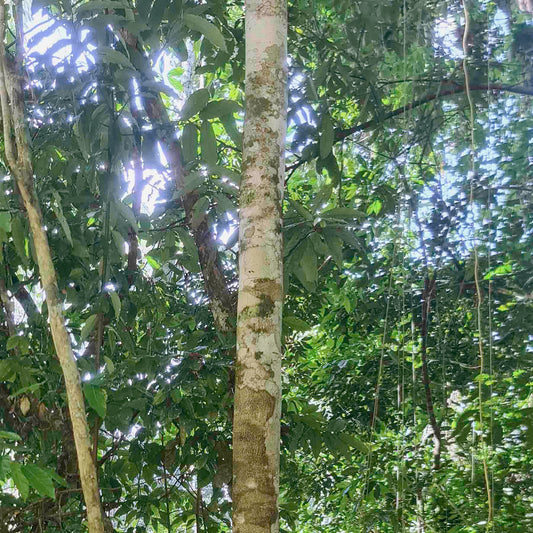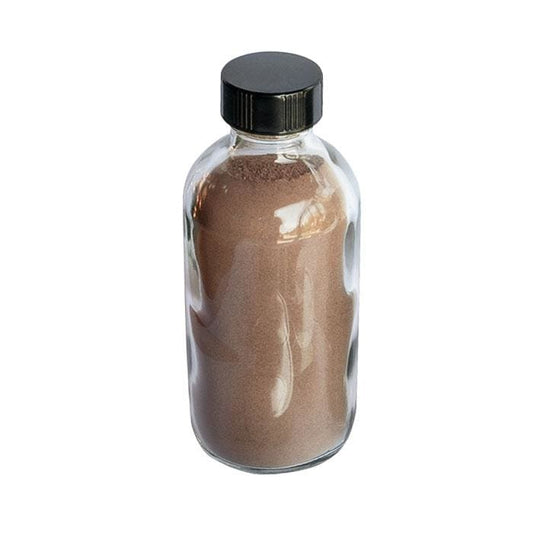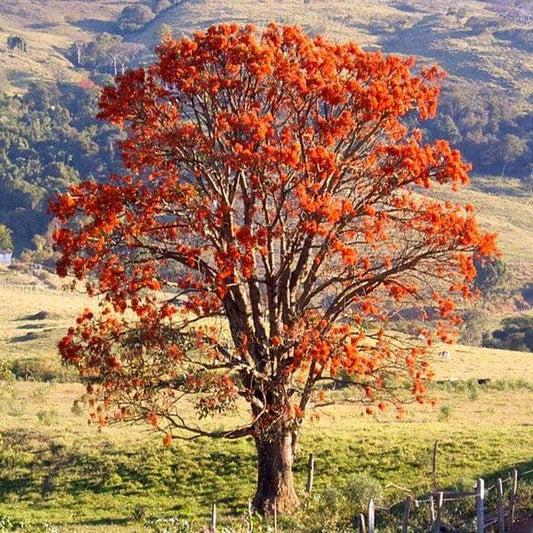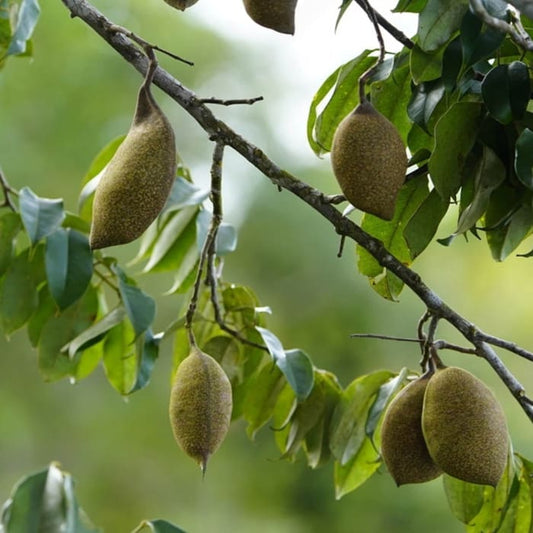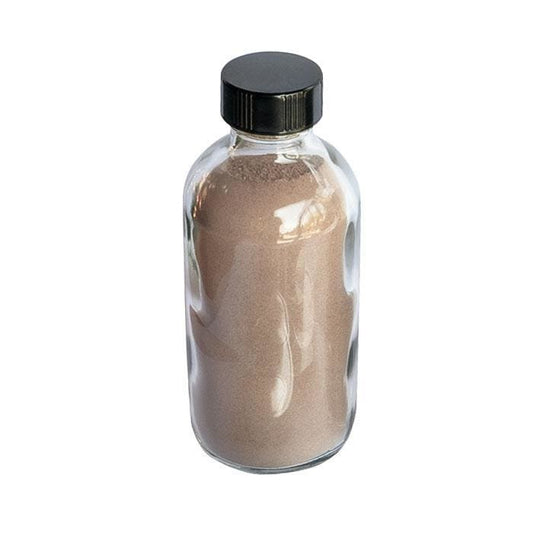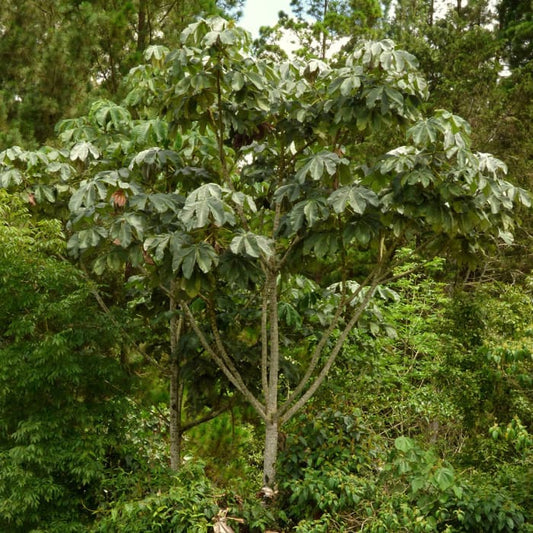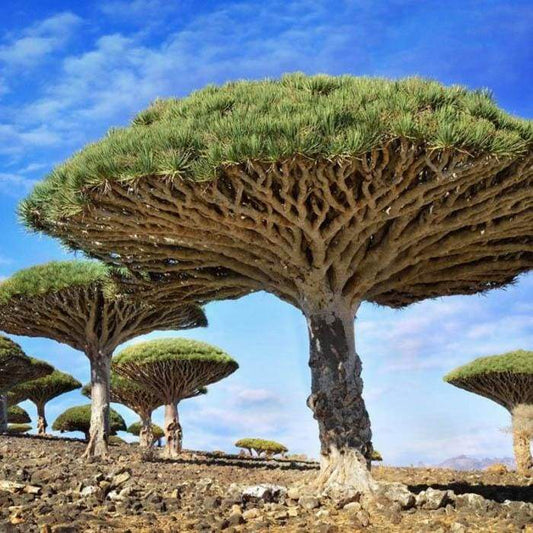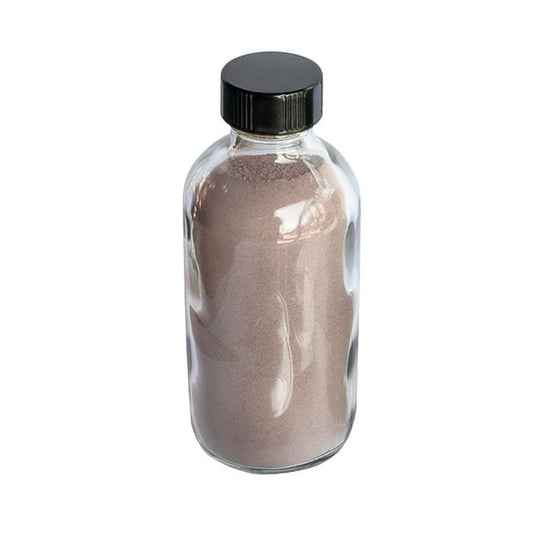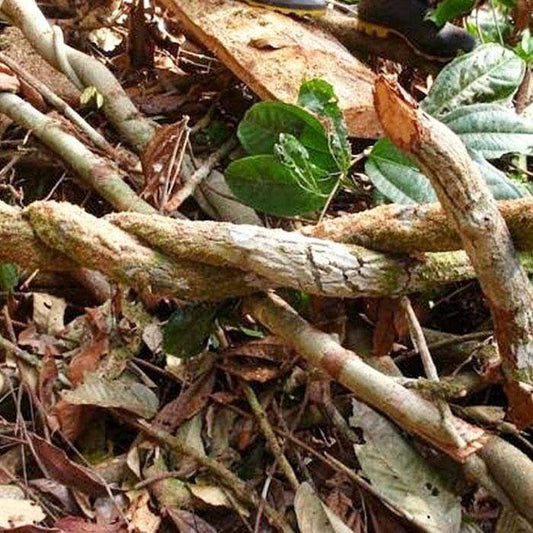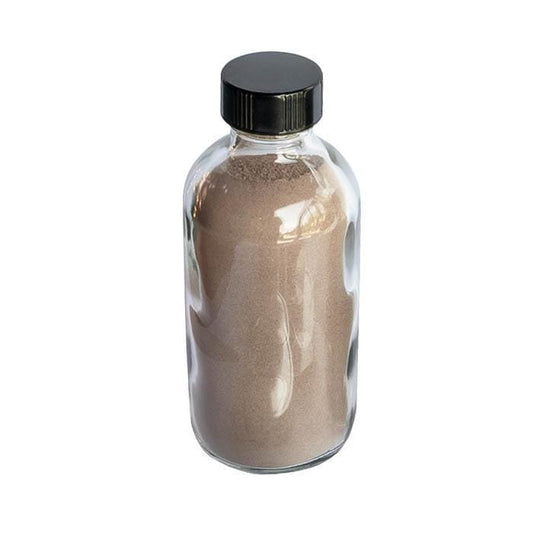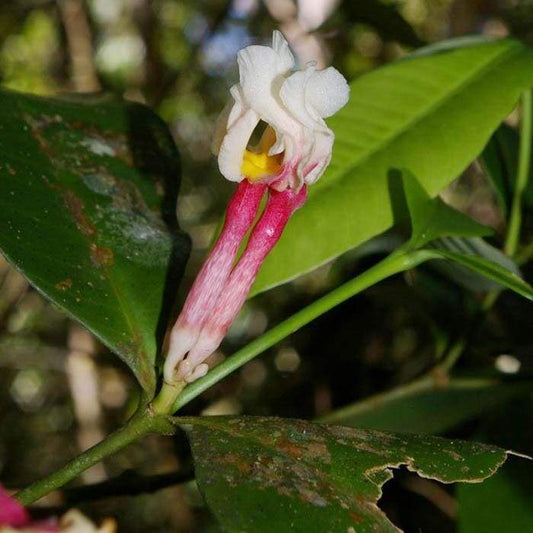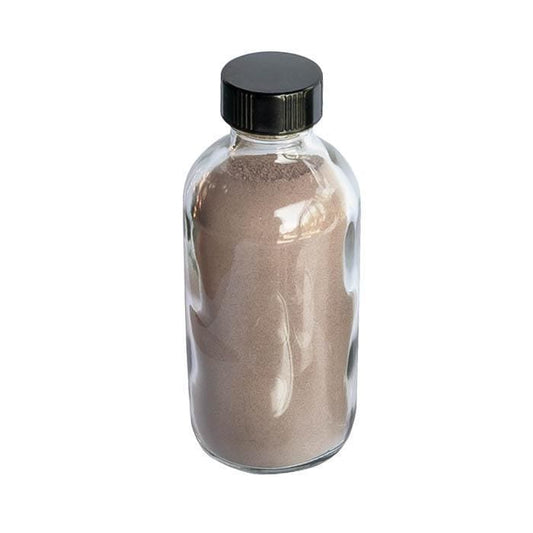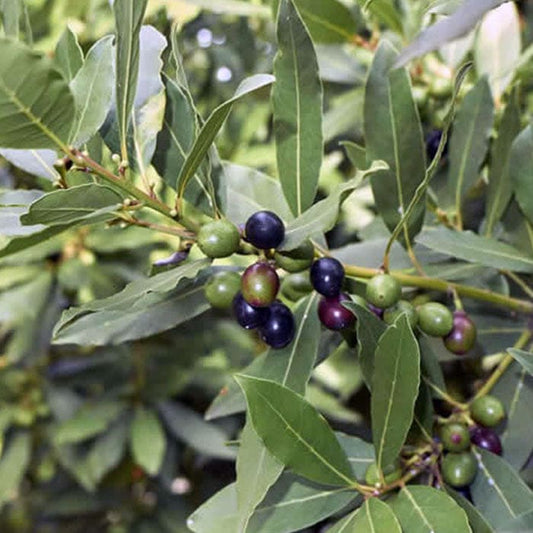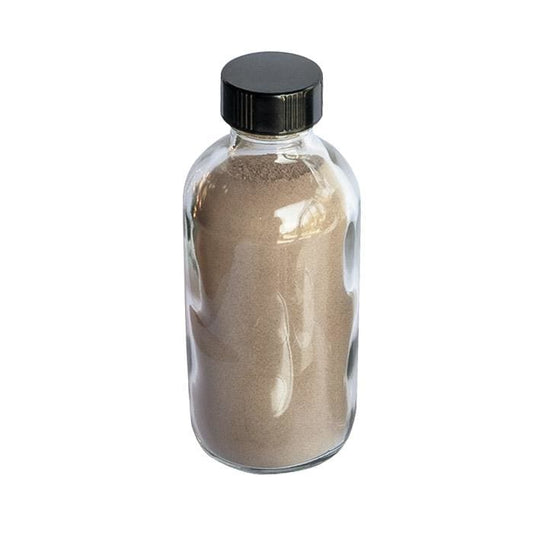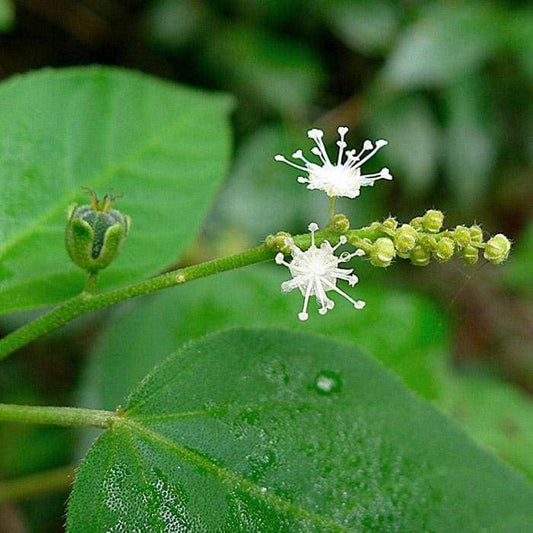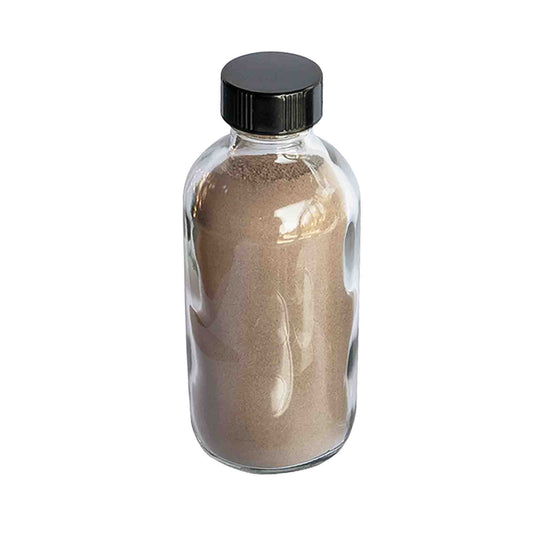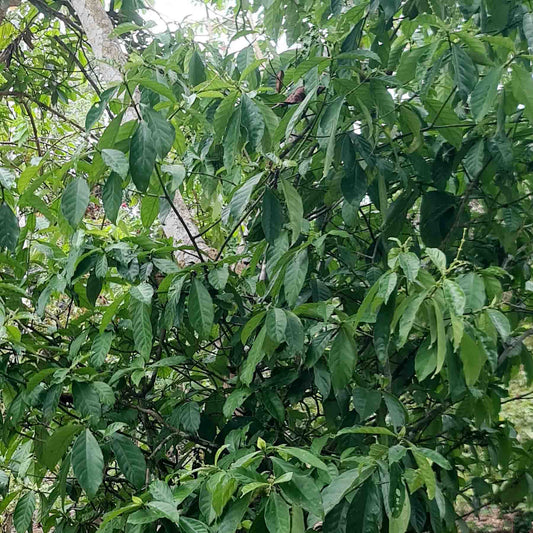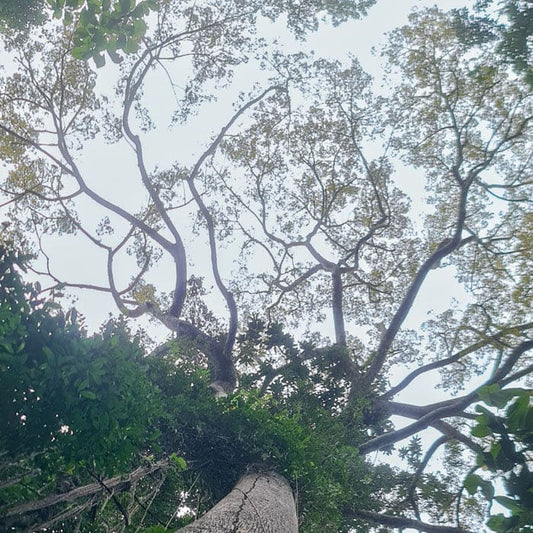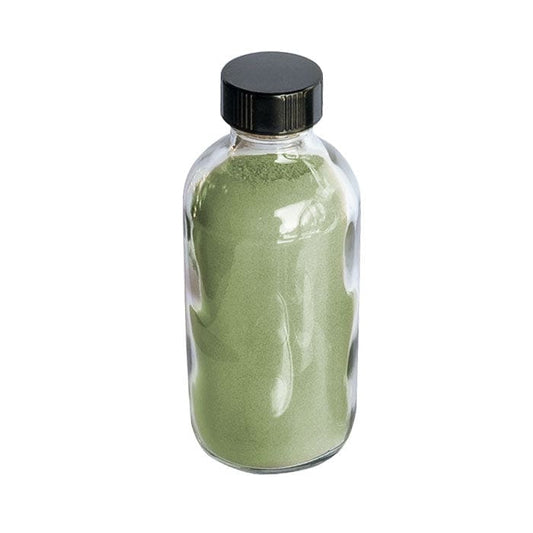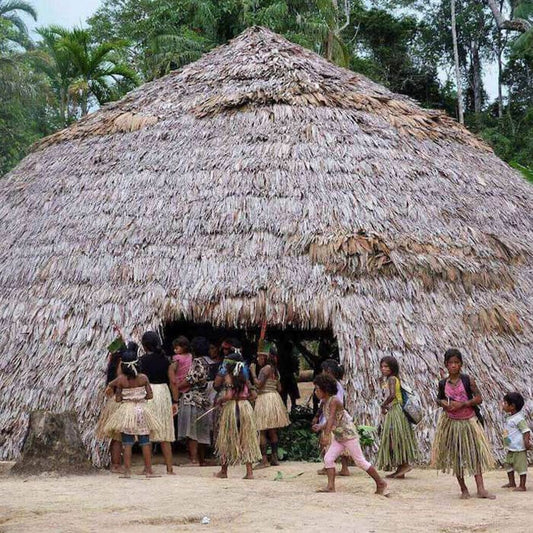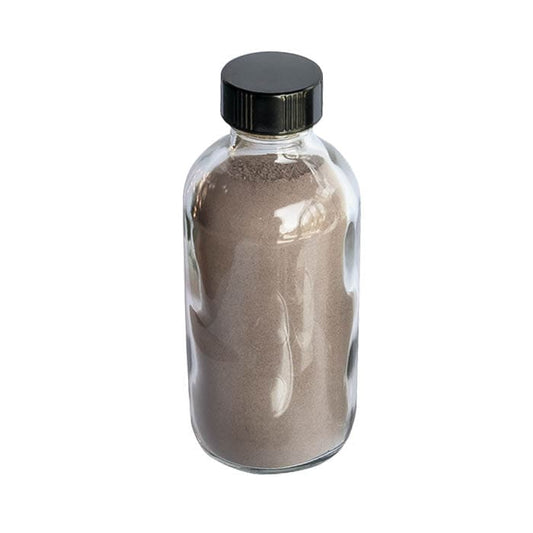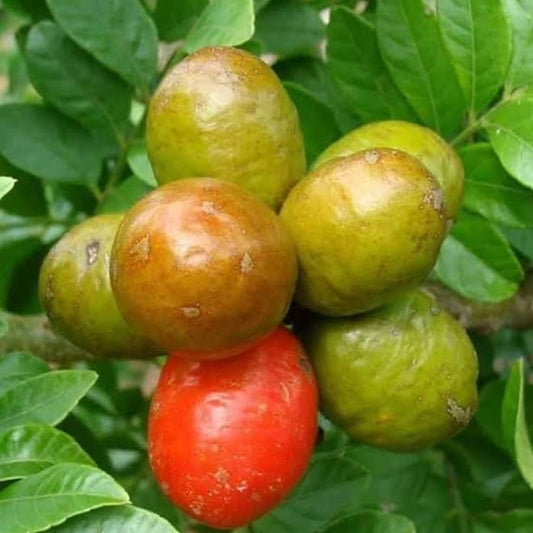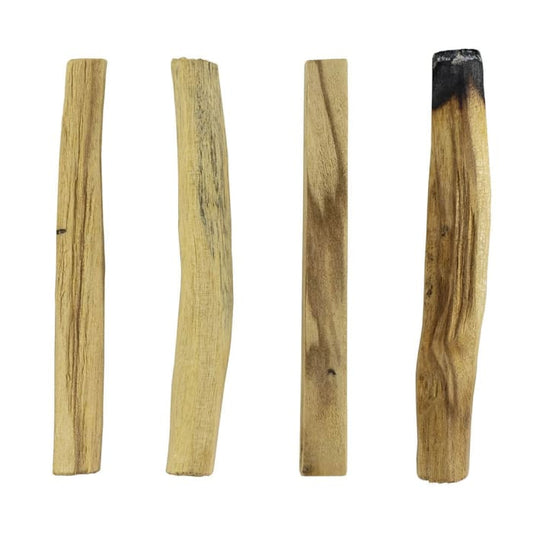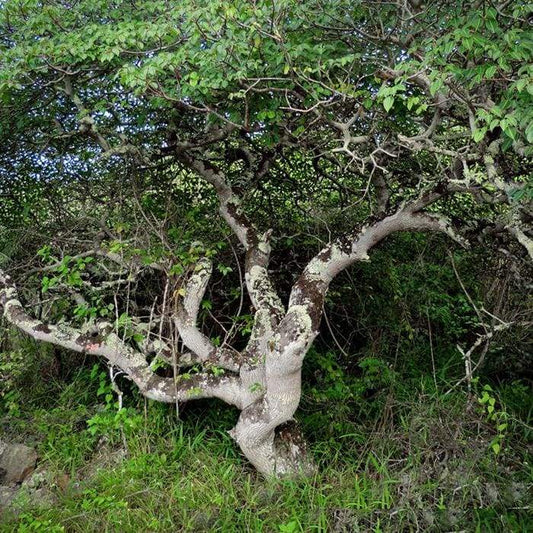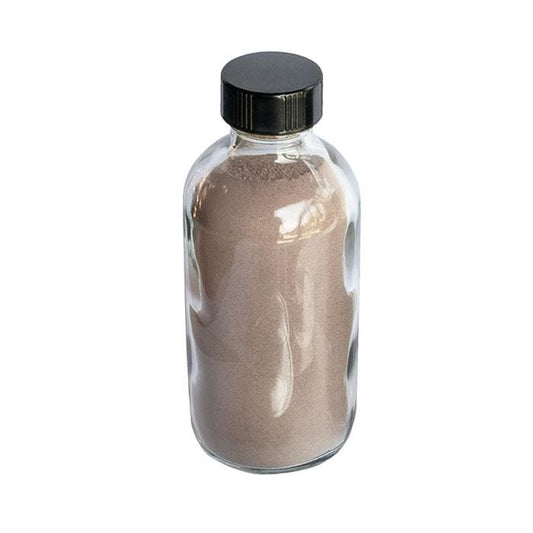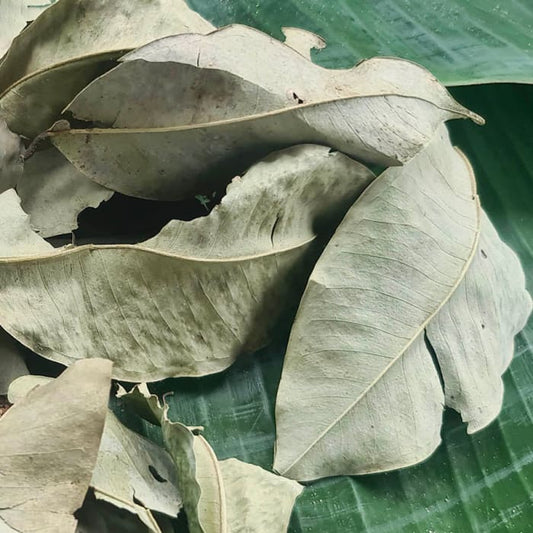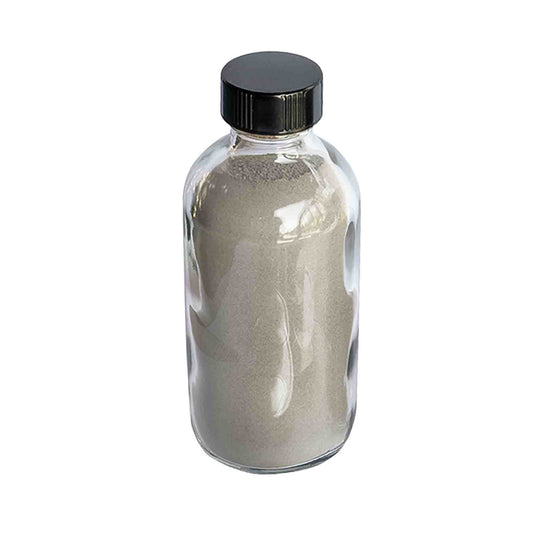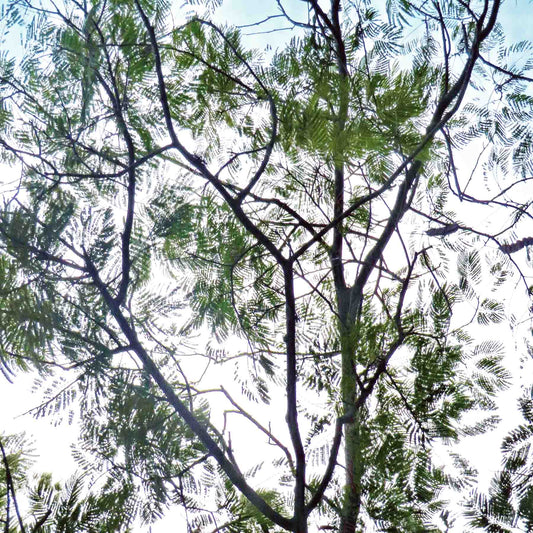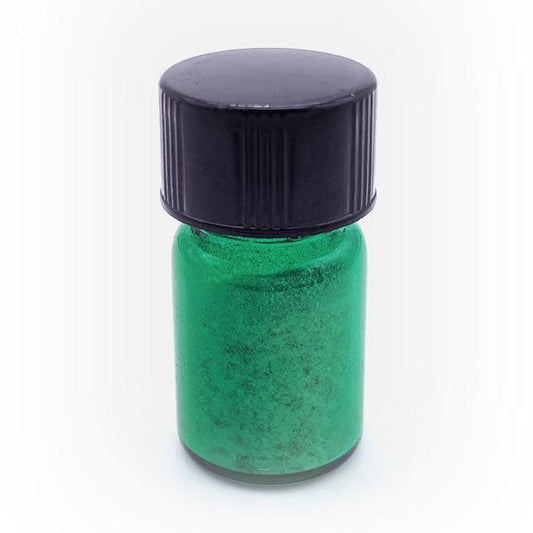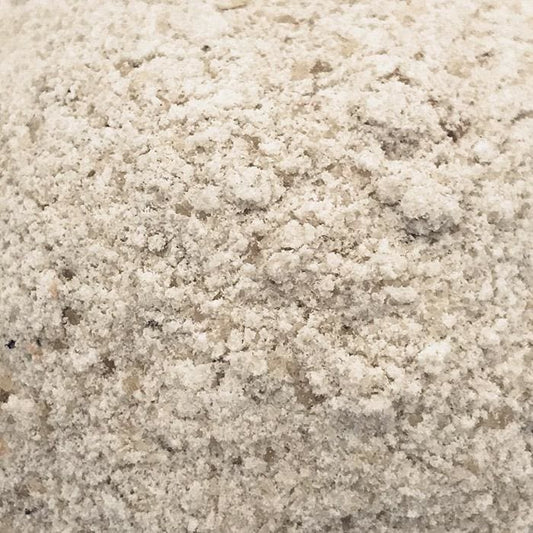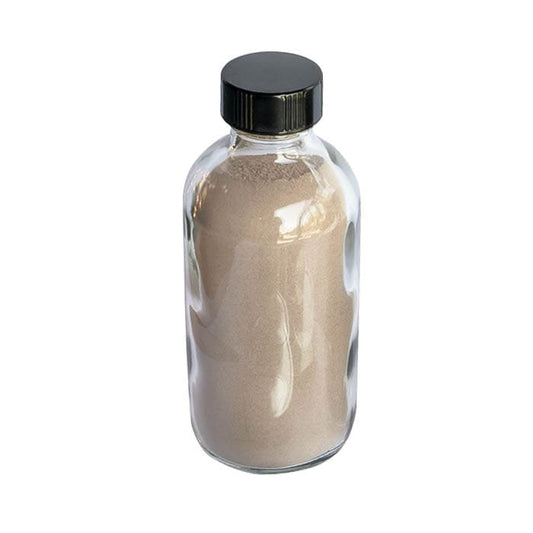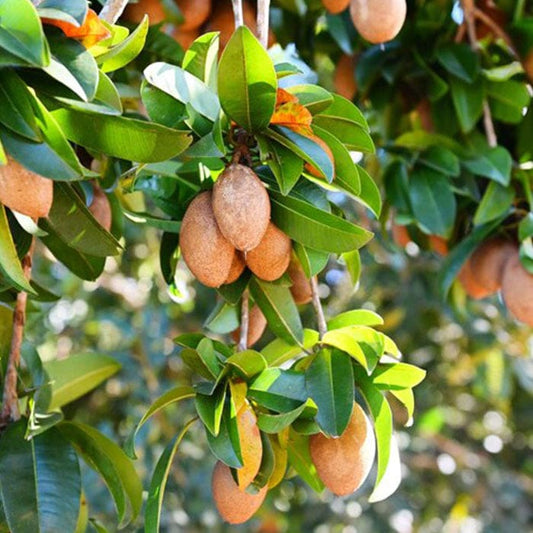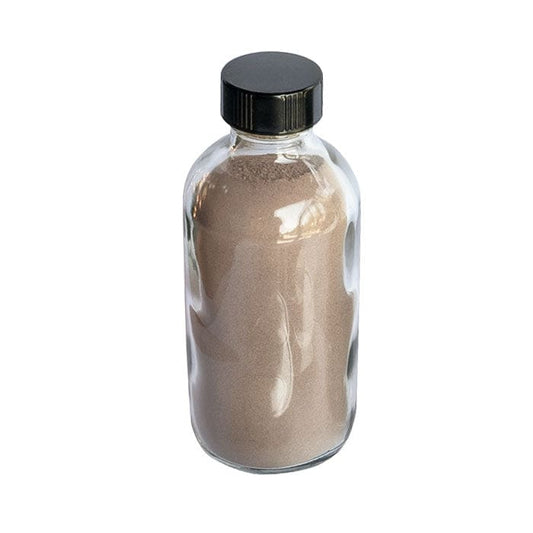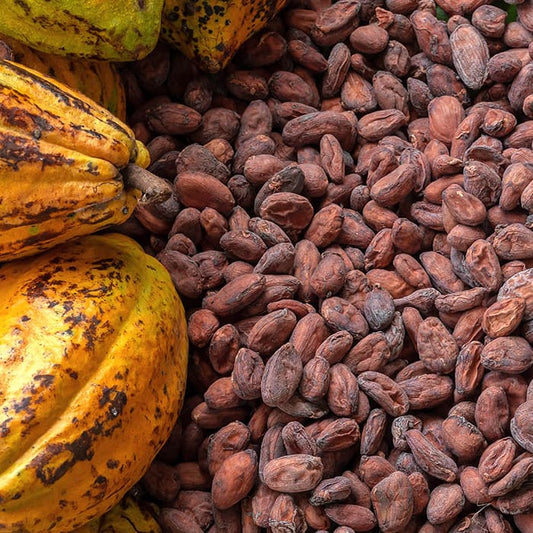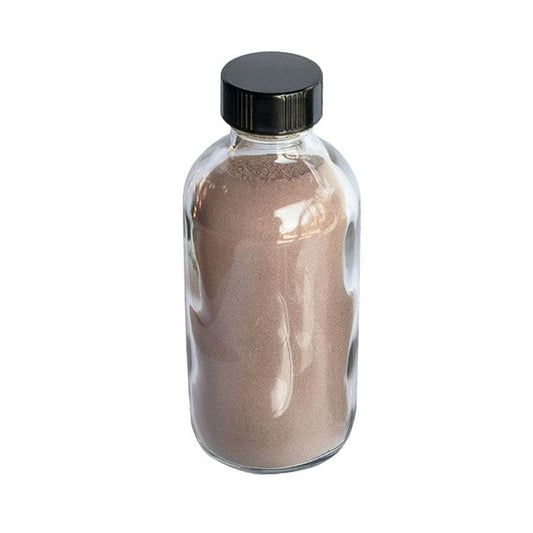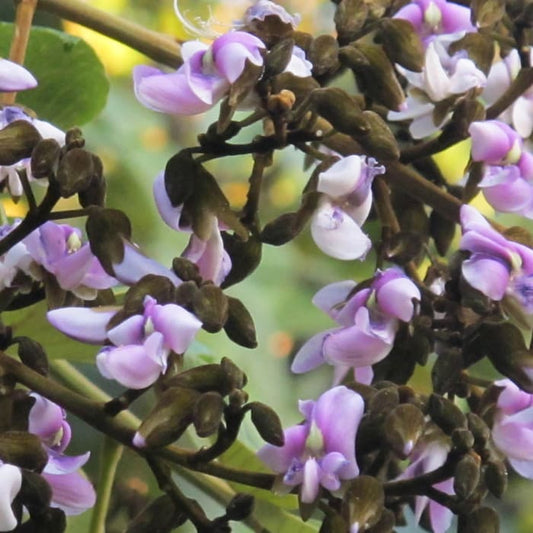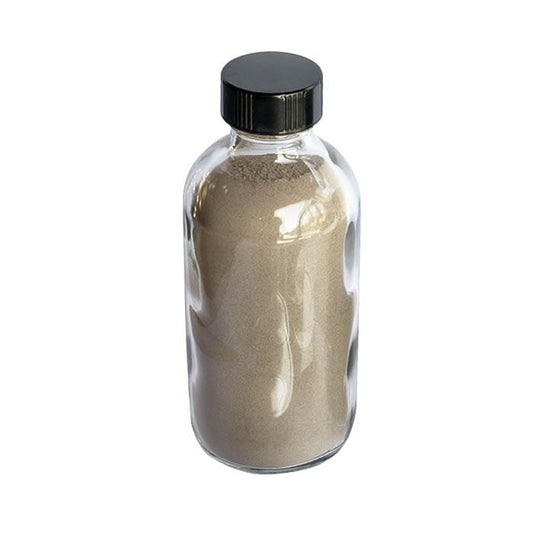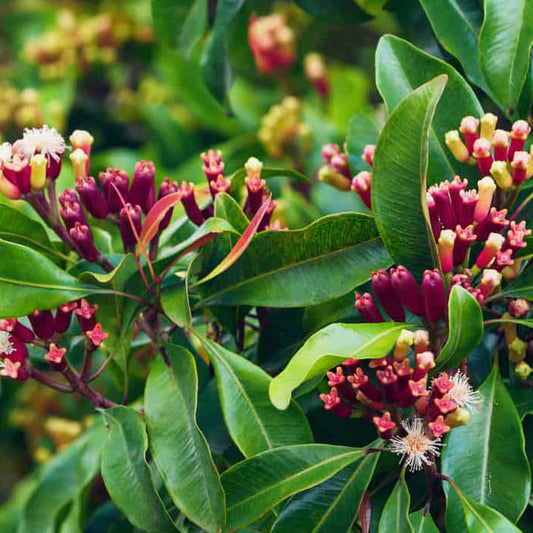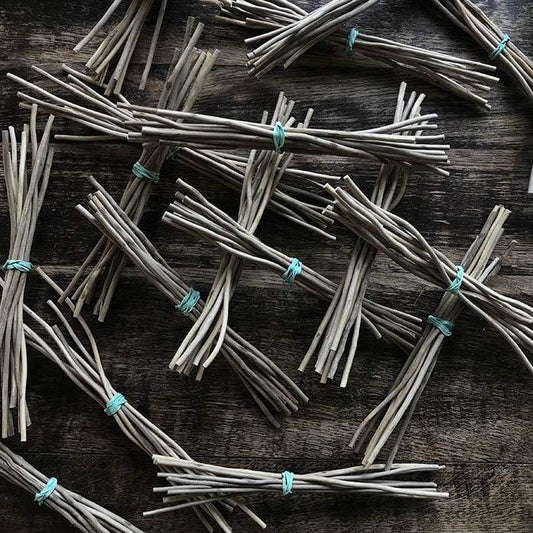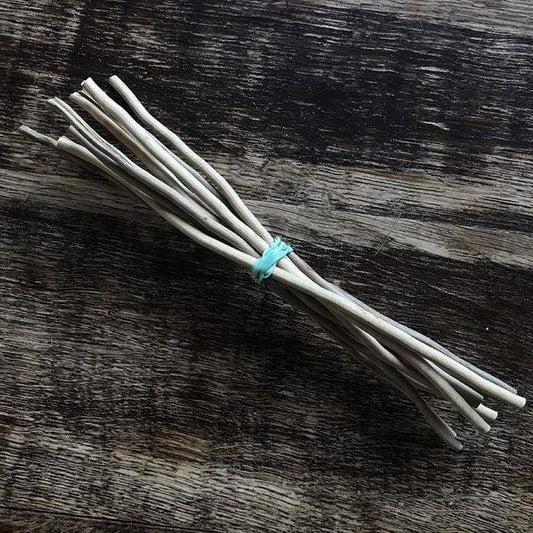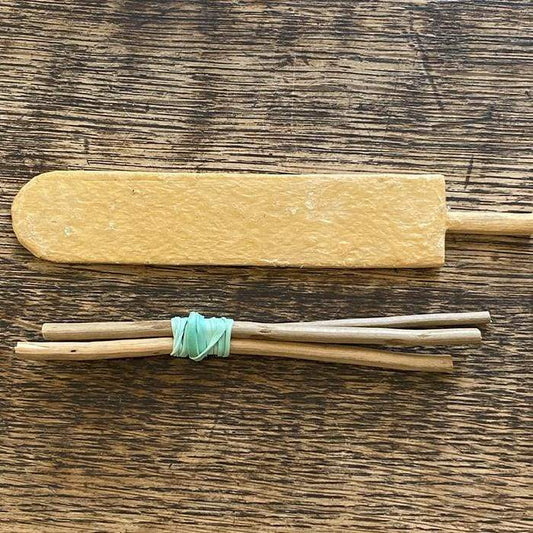Collection: 65+ Authentic Rapé Blends, Sananga & Kambô for Sacred Rituals
Discover our collection of 65+ authentic rapé (hapé) blends—crafted in partnership with Amazonian healers and ethically sourced from indigenous tribes. Alongside these sacred snuffs, explore Sananga eye drops, Kambô sticks, and ritual tools like Kuripes, Palo Santo, and Copaiba oil—each chosen to support authentic ceremony.
Learn More About Sacred Traditions
Deepen your knowledge of Amazonian plant medicines and practices by exploring our cornerstone guides: What Is Rapé?, Sananga Eye Drops: Benefits & Uses, and Kambo Medicine Explained.
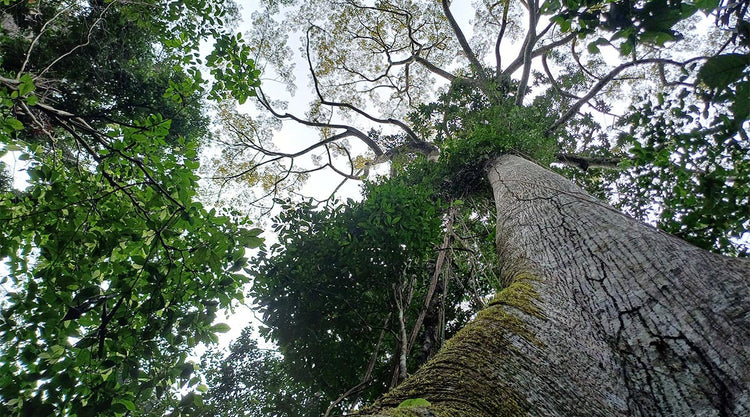
-
Pau Pereira Hapé – Katukina Tribe
5.0 / 5.0
(2) 2 total reviews
Regular price From $ 5.00 USDRegular price -
Mulungu Hapé – Yawanawa Tribe
4.9 / 5.0
(10) 10 total reviews
Regular price From $ 5.00 USDRegular price$ 0.00 USDSale price From $ 5.00 USD -
Kumarui Hapé – Kuntanawa Tribe
5.0 / 5.0
(4) 4 total reviews
Regular price From $ 5.00 USDRegular price -
Iutikawa Hapé – Kuntanawa Tribe
4.67 / 5.0
(3) 3 total reviews
Regular price From $ 5.00 USDRegular price -
Premium Dragon’s Blood
5.0 / 5.0
(9) 9 total reviews
Regular price From $ 25.00 USDRegular price$ 0.00 USDSale price From $ 25.00 USD -
Saracura Hapé – Katukina Tribe
5.0 / 5.0
(4) 4 total reviews
Regular price From $ 5.00 USDRegular price -
Chichá Hapé – Katukina Tribe
5.0 / 5.0
(5) 5 total reviews
Regular price From $ 5.00 USDRegular price -
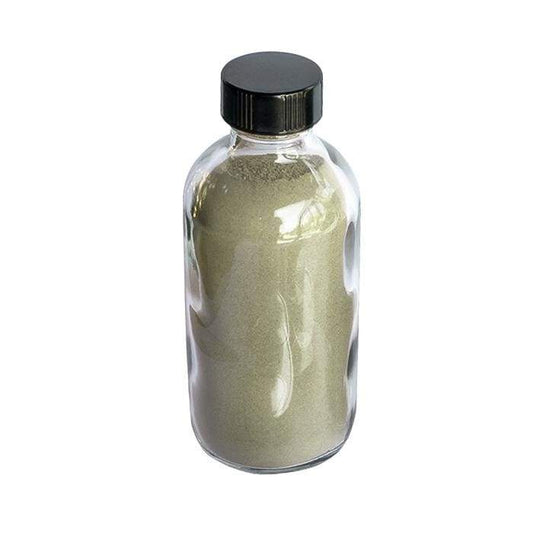
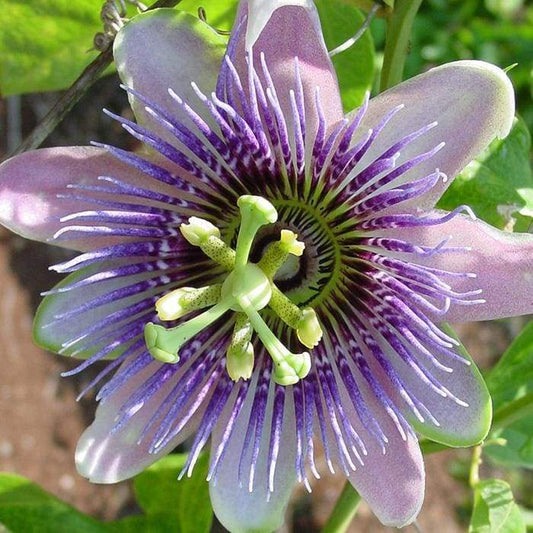 Exclusive
ExclusivePassiflora Hapé – Passionflower Blend
5.0 / 5.0
(5) 5 total reviews
Regular price From $ 5.00 USDRegular price -
Louro Hapé – Kuntanawa Tribe
5.0 / 5.0
(2) 2 total reviews
Regular price From $ 5.00 USDRegular price -
Valendinho Hapé – Yawanawa Tribe
5.0 / 5.0
(3) 3 total reviews
Regular price From $ 5.00 USDRegular price -
Queen of the Forest Hapé – Huni Kuin Tribe
5.0 / 5.0
(13) 13 total reviews
Regular price From $ 5.00 USDRegular price -
Samaúma Root Hapé – Kuntanawa Tribe
5.0 / 5.0
(2) 2 total reviews
Regular price From $ 3.50 USDRegular price$ 5.00 USDSale price From $ 3.50 USDSale -
Awiry Hapé – Apurinã Tribe
4.83 / 5.0
(6) 6 total reviews
Regular price From $ 5.00 USDRegular price -
Catuaba Hapé – Katukina Tribe
4.8 / 5.0
(5) 5 total reviews
Regular price From $ 5.00 USDRegular price -
Palo Santo Incense Sticks
5.0 / 5.0
(5) 5 total reviews
Regular price From $ 10.00 USDRegular price -
Katsaral Hapé – Yawanawa Tribe
5.0 / 5.0
(8) 8 total reviews
Regular price From $ 5.00 USDRegular price$ 0.00 USDSale price From $ 5.00 USD -
Yopo Hapé – Yaminawa Tribe
5.0 / 5.0
(15) 15 total reviews
Regular price From $ 5.00 USDRegular price -
Kambo Powder
5.0 / 5.0
(9) 9 total reviews
Regular price $ 195.00 USDRegular price -
Apuxuri Hapé – Kuntanawa Tribe
5.0 / 5.0
(11) 11 total reviews
Regular price From $ 5.00 USDRegular price -
Mint Cacau Hapé – Katukina Tribe
4.5 / 5.0
(4) 4 total reviews
Regular price From $ 5.00 USDRegular price -
Tsunu Hapé – Katukina Tribe
5.0 / 5.0
(1) 1 total reviews
Regular price From $ 5.00 USDRegular price -
Lourinho e Cravinho Hapé – Nukini Tribe
5.0 / 5.0
(8) 8 total reviews
Regular price From $ 5.00 USDRegular price$ 0.00 USDSale price From $ 5.00 USD -
Kambo Ember Vines
5.0 / 5.0
(2) 2 total reviews
Regular price From $ 25.00 USDRegular price -
Premium Kambo Stick
5.0 / 5.0
(9) 9 total reviews
Regular price $ 195.00 USDRegular price
Huni Kuin Rapé Reviews
Photos of Huni Kuin Tribe, Art, and Ceremonies








About the Huni Kuin Tribe: Hapé, Ayahuasca, Art, and Traditions
Who are the Huni Kuin and where do they live?
The Huni Kuin, also known as Kaxinawá, are an Indigenous people of the Amazon. They live primarily in the state of Acre in Brazil and the Ucayali region of eastern Peru, along forest rivers and in sustainable, community-based villages.
What is the population of the Huni Kuin tribe?
As of 2020, the Huni Kuin (also known as Kaxinawá) population is estimated at approximately 14,148 individuals—with around 11,729 living in Brazil and 2,419 in Peru
What language do the Huni Kuin speak and what is its current status?
The Huni Kuin speak Hatxa Kuin, a Panoan language. It is actively spoken across generations and remains strong within their communities, especially in Brazil’s Acre region.
What are some of the Huni Kuin's traditional practices?
The Huni Kuin, also known as Kaxinawá, maintain a rich tradition of shamanic practices centered around sacred plant medicines such as ayahuasca (Nixi Pae) and rapé. These are used in ceremonies to connect with forest spirits, heal illness, and maintain balance in the community. Rituals are guided by chants called Huni Meka, which are believed to carry spiritual power and are sung during healing ceremonies and communal gatherings. The pajé, or shaman, plays a central role in facilitating these rituals and in preserving ancestral knowledge.
Traditional weaving and body painting also hold deep cultural significance. Women produce intricate kené designs on textiles and in beadwork, reflecting spiritual visions, stories, and the structure of the universe. These designs are not only decorative but carry symbolic and protective meanings. In recent years, the Huni Kuin have extended these expressions into visual arts through the MAHKU artist collective, which transforms their traditional chants and visions into contemporary artwork, helping to preserve and share their cultural heritage with the wider world.
How can one learn more about the Huni Kuin tribe?
How can one learn more about the Huni Kuin tribe? Detailed information on the Huni Kuin tribe can be found on the Instituto Socioambiental (ISA) website here.

